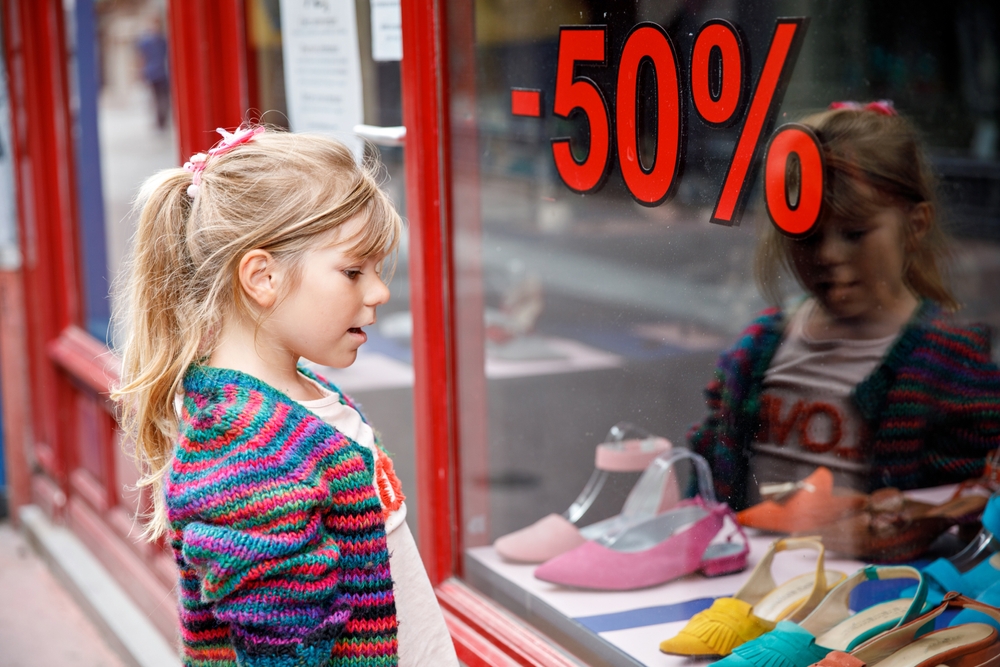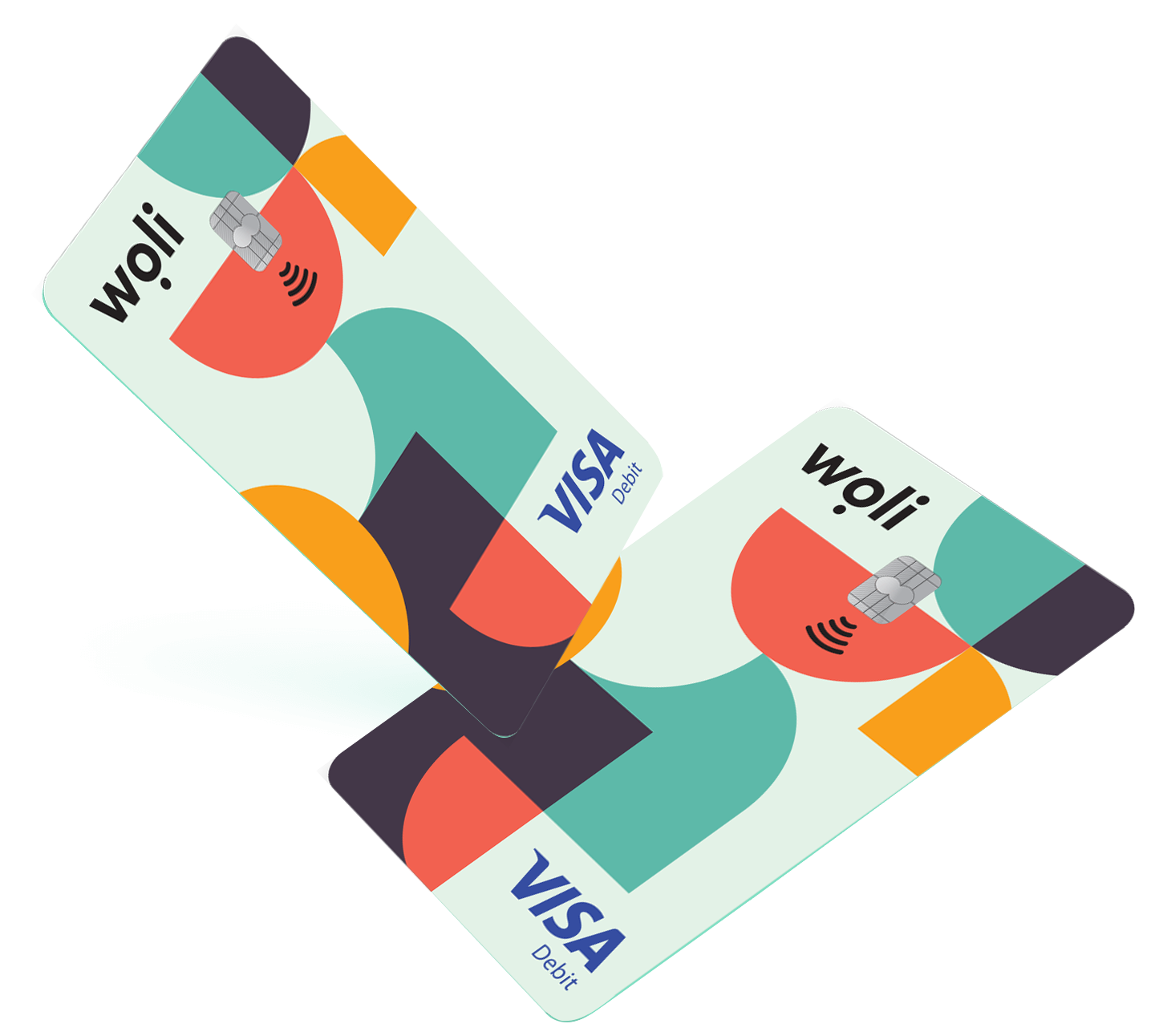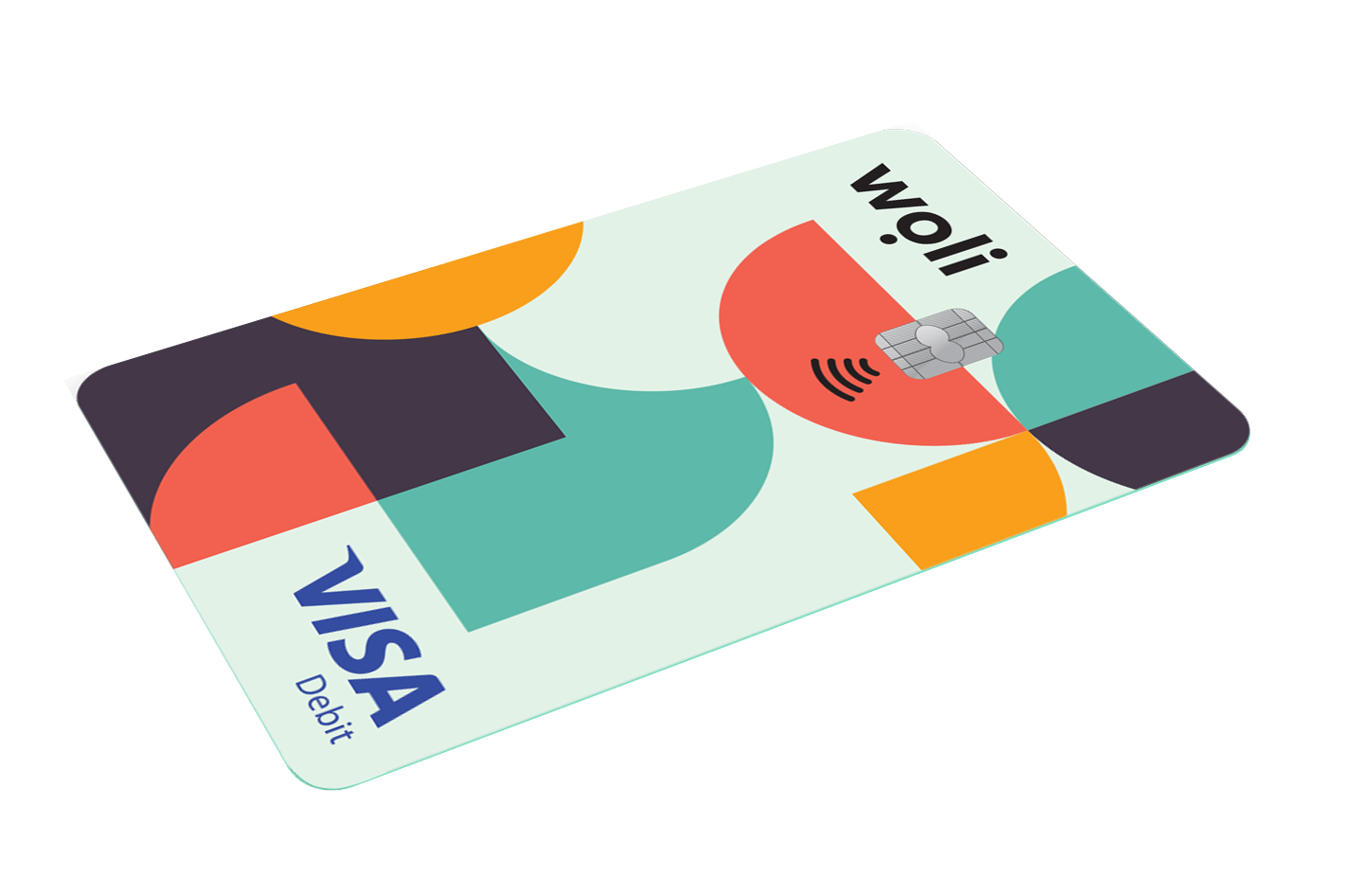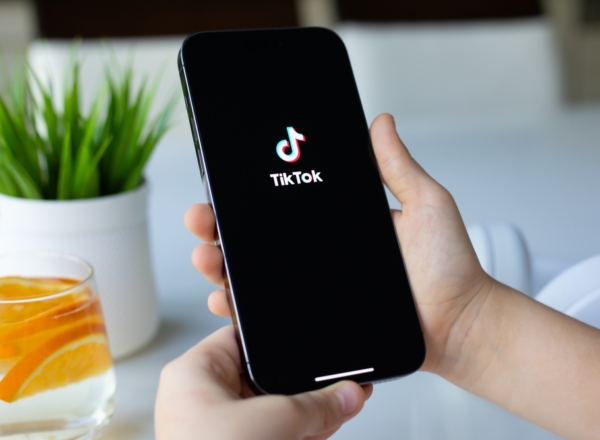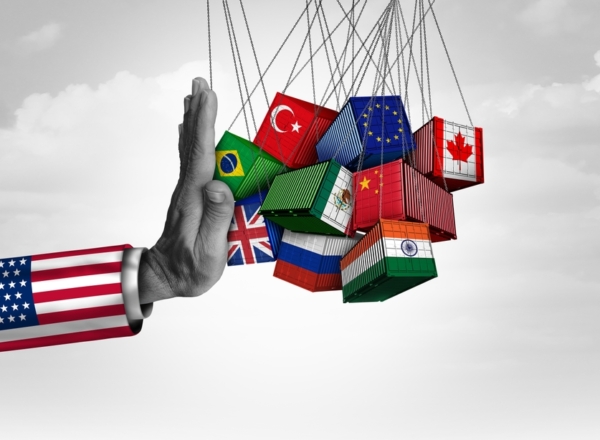Ever wonder why you can’t resist buying that cool hoodie or the latest gadget, even when you promised yourself you’d save your money? Well, you’re not alone! The psychology of spending has a lot to do with how our brains work, and it turns out that shopping is a lot more than just picking up things you need. It’s an emotional experience, a thrill, and sometimes even a game.
In this blog post, we’ll dive into why we love to shop, the tricks our brains play on us, and how understanding these tricks can help you make smarter spending decisions. Whether you’re saving up for something big or trying to manage your allowance, this guide will give you the inside scoop on how to outsmart your spending habits. Let’s go on a shopping adventure, without breaking the bank!
Why Shopping Feels So Good: The Brain Chemistry of Spending
Let’s start with a bit of science: did you know that your brain releases feel-good chemicals when you shop? Every time you make a purchase, your brain releases dopamine, the same chemical that lights up when you eat chocolate or win a game. This “happy hormone” gives you a rush of excitement and pleasure, making you feel great in the moment.
But here’s the catch: dopamine doesn’t care whether you’re spending money wisely or wasting it on something you’ll never use. It’s just there to make you feel good! That’s why you might find yourself buying things you don’t need just because you love the thrill of the purchase.
Tip: When you’re feeling the rush to buy something, take a step back and ask yourself, “Do I really need this, or am I just chasing that dopamine hit?”. Apps like Woli can help you track your spending so you can see where your money is going and decide if it’s really worth it.
The Power of Sales and Discounts: Why We Love a Good Deal
Who doesn’t love a good sale? Seeing the words “50% off” or “Buy One, Get One Free” can make you feel like you’re winning the lottery! But here’s the thing: sales are designed to trick your brain into thinking you’re getting a great deal, even if you weren’t planning to buy the item in the first place.
When we see something on sale, our brains often focus on how much money we’re “saving” rather than the fact that we’re still spending. Retailers know this and use it to their advantage, creating a sense of urgency with phrases like “Limited Time Offer” to push you into making a quick decision.
Fun Fact: Did you know that the “Buy One, Get One Free” deal is one of the most successful marketing tricks ever? It plays on our natural desire to get more for our money, even if we don’t actually need the extra item!
Impulse Buying: How Marketers Know Exactly What You Want
Ever notice how all the best snacks and little gadgets are right by the checkout counter? That’s not an accident! Stores place these items in your path to encourage impulse buying, those unplanned purchases that happen because something catches your eye at the last minute.
Impulse buying happens when our emotions take over, and logic goes out the window. You might grab that pack of gum or cute keychain even though it wasn’t on your shopping list, simply because it’s there and looks tempting.
Pro Tip: The next time you’re tempted by an impulse buy, pause and think about your financial goals. Could that money be better spent elsewhere? With Woli, you can set saving goals that make you think twice before spending on things you didn’t plan for.
The Influence of Social Media: Keeping Up with the Trends
Social media can be a big reason why we spend money on things we don’t really need. From influencers showing off the latest fashion trends to friends sharing their newest gadgets, it’s easy to get caught up in the excitement. We often buy things just to fit in, look cool, or feel like we’re part of the latest trend.
This is called FOMO: the Fear Of Missing Out. When everyone else seems to have something, our brain tells us that we need it too, or else we’ll be left out. The desire to fit in and be accepted is so strong that it can make us open our wallets without even thinking.
Tip: When you see something on social media that you really want, give yourself a 24-hour rule. Wait a day before making the purchase to see if you still want it just as badly. Often, the impulse will pass, and you’ll save yourself some cash!
Retail Therapy: Why We Shop When We’re Feeling Down
Shopping isn’t just about buying things; it’s also a way we deal with our emotions. When we’re feeling bored, sad, or stressed, shopping can make us feel better, at least temporarily. This is called retail therapy, and while it might lift your mood, it can also lead to spending more money than you planned.
The danger of retail therapy is that it turns shopping into a quick fix for our emotions, which can lead to bad spending habits. Instead of solving the problem, we end up with less money and more stuff that we don’t really need.
Healthy Habit: Next time you’re feeling down, try doing something else that makes you happy, like listening to your favorite music, going for a walk, or talking to a friend. And if you really want to shop, set a budget first—apps like Woli can help you stick to it!
The Satisfaction of Saving: Why Setting Goals Feels Even Better
Believe it or not, saving money can be just as satisfying as spending it! When you set a goal and work towards it, your brain rewards you with a sense of accomplishment and pride. This feeling can actually be stronger and last longer than the quick rush you get from buying something new.
When you reach a savings goal, like buying a new gadget or saving for a trip, the joy you feel is more meaningful because you worked hard to achieve it. That’s where Woli comes in! It helps teens set saving goals, track their progress, and feel proud of their achievements.
Fun Fact: Did you know that saving money triggers the same part of the brain that lights up when you win a game or solve a puzzle? Researches have shown that achieving financial goals, like saving for something special, activates the brain’s reward system, giving you a natural high!
Understanding Your Spending Triggers: Know Thy Wallet
Everyone has spending triggers—things that make you want to spend money without thinking twice. For some, it’s boredom; for others, it’s stress or seeing a good deal. Identifying your spending triggers is the first step to controlling your budget.
How to Identify Triggers: Keep a spending journal for a week and write down every time you feel the urge to buy something. What’s going on in your life at that moment? Are you hungry, bored, or just saw a cool ad? Once you know your triggers, you can plan for them and avoid unnecessary purchases.
Conclusion: Shop Smart, Save Smart with Woli
Shopping is fun, and let’s face it, we all love it! But understanding why we love to shop and how our brains work can help us make smarter financial decisions. It’s all about finding a balance between treating yourself and staying true to your savings goals.
Woli is here to make that balance easier for teens by providing tools to track spending, set goals, and understand the value of money. So, next time you’re about to splurge, remember that your future self will thank you for making wise choices today. Happy saving (and smart shopping)!
Download now the Woli app on Android or iOS, follow the steps to add your child and win 30 days FREE on the premium subscription plan BASIC and the physical Woli card for FREE!

